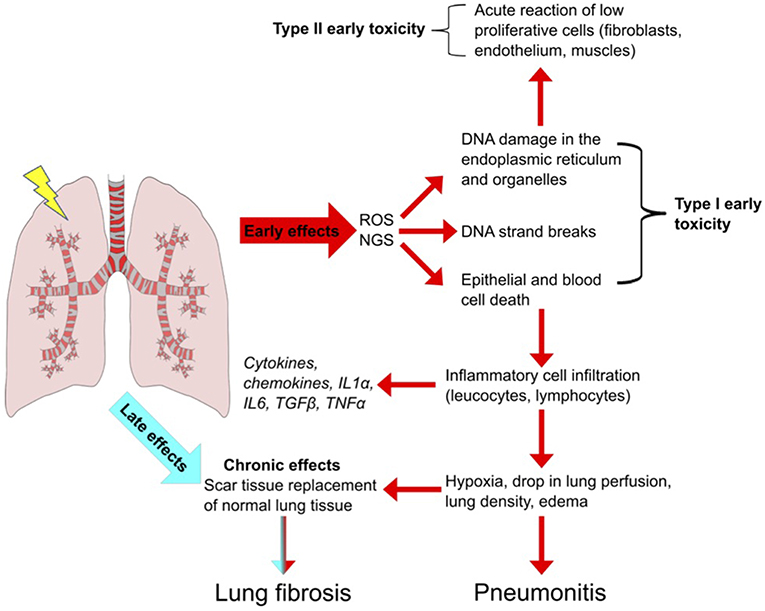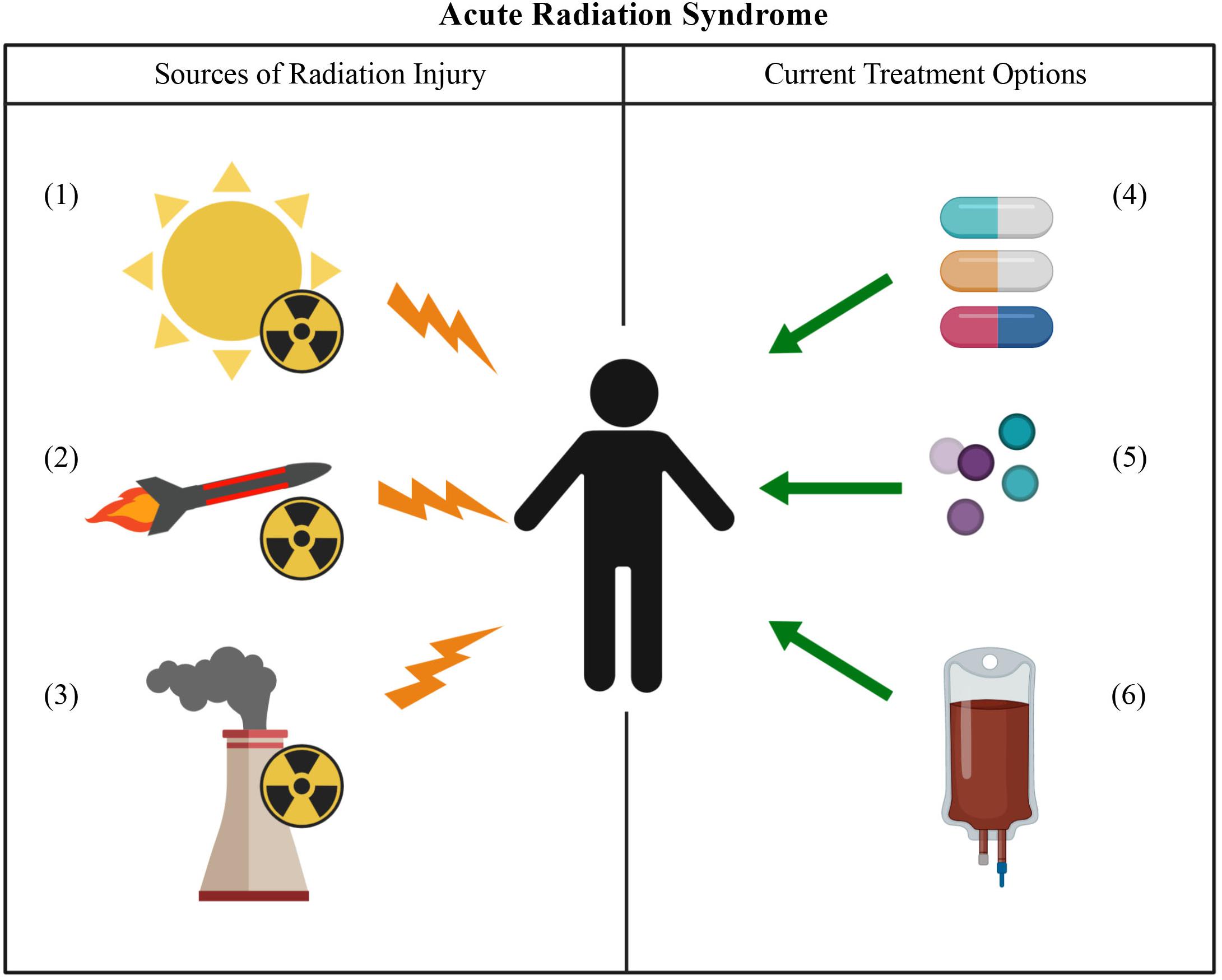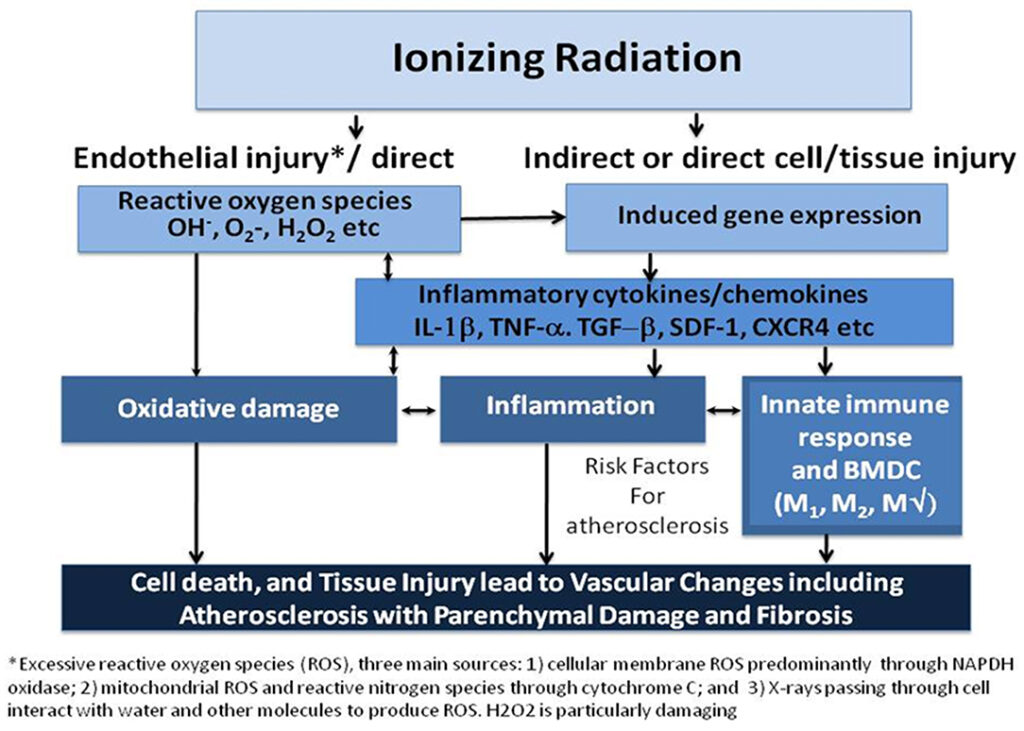Acute Radiation Sickness, often abbreviated as ARS, is a severe medical condition that occurs when the human body is exposed to high doses of ionizing radiation over a short period. This condition can have devastating effects on health and requires immediate medical attention. In this article, we will explore the causes, symptoms, diagnostic methods, and treatment options for Acute Radiation Sickness in detail.


Causes of Acute Radiation Sickness
Acute Radiation Sickness is primarily caused by exposure to high levels of ionizing radiation. Understanding the sources of such radiation is crucial to identifying potential risks and preventing exposure.
Nuclear Accidents
- Chernobyl Disaster: One of the most infamous nuclear accidents occurred in 1986 at the Chernobyl Nuclear Power Plant in Ukraine. The explosion released massive amounts of radiation into the environment, causing widespread cases of radiation sickness among workers and nearby residents.
- Fukushima Daiichi Accident: In 2011, a tsunami triggered a nuclear meltdown at the Fukushima Daiichi power plant in Japan. Although fewer people were directly exposed to high radiation levels compared to Chernobyl, the incident highlighted the dangers of nuclear energy.
Radiation Therapy
While radiation therapy is a common treatment for cancer, accidental overexposure or improper handling of equipment can lead to Acute Radiation Sickness. Medical professionals must adhere to strict safety protocols to prevent such incidents.
Radiological Terrorism
The use of radioactive materials in acts of terrorism, such as dirty bombs, poses a significant threat. These devices disperse radioactive substances, potentially exposing large populations to harmful radiation levels.
Occupational Exposure
Workers in industries involving radioactive materials, such as nuclear power plants, medical imaging facilities, and research laboratories, are at risk of exposure if safety measures are not followed rigorously.
Symptoms of Acute Radiation Sickness
The symptoms of Acute Radiation Sickness vary depending on the dose and duration of exposure. They typically manifest in stages, with initial symptoms appearing within hours or days after exposure.
Initial Stage (Prodromal Phase)
- Nausea and Vomiting: These are often the first signs of exposure to high radiation levels. They usually occur within minutes to hours after exposure.
- Diarrhea: Frequent and watery bowel movements may accompany nausea and vomiting.
- Fatigue: A feeling of extreme tiredness and weakness is common during this phase.
- Fever: Elevated body temperature may be present, indicating the body’s response to radiation damage.
Latent Stage
Following the initial symptoms, individuals may experience a temporary improvement in their condition. This latent stage can last from a few hours to several weeks, depending on the severity of exposure. During this time, the person may feel relatively well, but internal damage continues to progress.
Manifest Illness Stage
This stage marks the onset of more severe symptoms as the body struggles to cope with radiation damage. The specific symptoms depend on the dose of radiation received.
- Hematopoietic Syndrome: Exposure to moderate radiation doses affects the bone marrow, leading to a drop in white blood cells, red blood cells, and platelets. This increases the risk of infections, anemia, and bleeding.
- Gastrointestinal Syndrome: Higher doses of radiation damage the lining of the digestive tract, causing severe nausea, vomiting, diarrhea, and dehydration.
- Neurovascular Syndrome: Extremely high doses of radiation affect the central nervous system, resulting in confusion, seizures, and even coma.
Diagnosis of Acute Radiation Sickness
Diagnosing Acute Radiation Sickness involves assessing the patient’s history of exposure, clinical symptoms, and laboratory tests to determine the extent of radiation damage.
Exposure History
Medical professionals begin by gathering detailed information about the individual’s exposure to radiation. This includes the source of radiation, duration of exposure, and proximity to the source. Eyewitness accounts and environmental data may also be used to estimate exposure levels.
Clinical Evaluation
A thorough physical examination helps identify symptoms consistent with Acute Radiation Sickness. Physicians look for signs such as skin burns, hair loss, and changes in blood cell counts, which indicate radiation damage.
Laboratory Tests
- Blood Tests: Complete blood counts are performed to assess the levels of white blood cells, red blood cells, and platelets. A significant drop in these counts suggests bone marrow damage.
- Biochemical Markers: Certain proteins and enzymes released into the bloodstream can indicate tissue damage caused by radiation.
- Cytogenetic Analysis: Chromosomal abnormalities in blood cells can provide evidence of radiation exposure and help estimate the dose received.
Treatment of Acute Radiation Sickness
Treatment for Acute Radiation Sickness focuses on managing symptoms, preventing complications, and supporting the body’s recovery. The approach depends on the severity of exposure and the affected organ systems.
Decontamination
If external contamination occurs, removing radioactive materials from the body is a priority. This involves washing the skin with soap and water, cutting hair, and removing contaminated clothing. In cases of internal contamination, medications may be administered to bind and eliminate radioactive substances from the body.
Supportive Care
- Fluids and Electrolytes: Intravenous fluids are given to prevent dehydration caused by vomiting and diarrhea.
- Anti-nausea Medications: Drugs such as ondansetron are used to control nausea and vomiting.
- Infection Prevention: Antibiotics and antifungal medications are prescribed to reduce the risk of infections due to weakened immune systems.
Blood Transfusions
In cases of severe hematopoietic syndrome, blood transfusions may be necessary to replace lost red blood cells and platelets. Growth factors, such as granulocyte colony-stimulating factor, can also stimulate the production of new blood cells.
Stem Cell Transplantation
For individuals with extensive bone marrow damage, stem cell transplantation may be considered. Healthy stem cells from a donor are infused into the patient to restore the bone marrow’s ability to produce blood cells.
Treatment of Specific Syndromes
- Gastrointestinal Syndrome: Nutritional support through intravenous feeding and medications to protect the intestinal lining are provided.
- Neurovascular Syndrome: Intensive care is required to manage seizures, maintain blood pressure, and support brain function.
Experimental Treatments
Ongoing research is exploring new therapies for Acute Radiation Sickness. These include radioprotective agents that shield cells from radiation damage and drugs that enhance DNA repair mechanisms. While still under investigation, these treatments hold promise for improving outcomes in affected individuals.
Prevention of Acute Radiation Sickness
Preventing Acute Radiation Sickness involves minimizing exposure to ionizing radiation through safety measures and public education.
Radiation Safety Protocols
Strict adherence to safety guidelines in industries dealing with radioactive materials is essential. This includes using protective gear, monitoring radiation levels, and implementing emergency response plans.
Public Awareness
Educating the public about the risks of radiation exposure and how to respond in emergencies can save lives. Information campaigns should emphasize evacuation procedures, decontamination methods, and the importance of seeking medical help promptly.
Emergency Preparedness
Governments and organizations must develop robust emergency preparedness plans for nuclear accidents and radiological incidents. Stockpiling medical supplies, training healthcare workers, and conducting drills ensure a swift and effective response.





